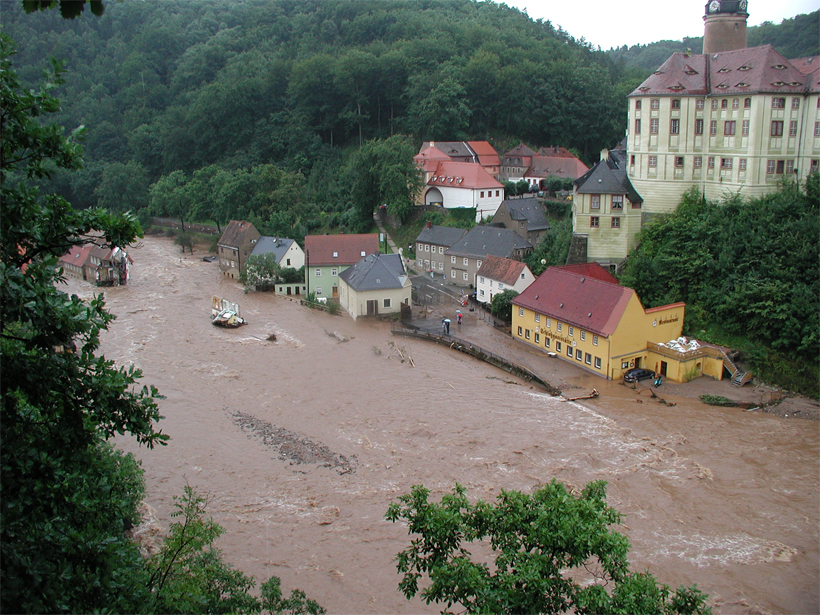Source: Water Resources Research
Flooding events cost lives and cause damage to infrastructure, agriculture, and homes across the world. When floods occur in vulnerable regions lacking preparedness, the results can be disastrous.
In a new study, Merz et al. approach the problem by integrating a social sciences perspective with natural and engineering sciences, focusing on the element of surprise in flood risk assessment and management. The researchers identify two distinct sources of surprise: the complexity and unpredictability of the flood risk and biases in human perception and thinking. They advocate for wider evaluation of both potential sources of surprise in order to better mitigate flood risk.
The team explains the role of surprise using metaphors from early cartography: terra incognita (unknown land) and terra maligna (wicked land). Early mapmakers approached uncharted territory in different ways, leaving portions of a map blank (incognita) or projecting society’s fantasies and fears in the form of wildly imaginative animals and geographic features (maligna). The researchers suggest that modern flood risk decision makers face a situation similar to that of early mapmakers—working with the unknown and dealing with the consequences of unexpected developments.

The team suggests multiple approaches to reduce surprise across different aspects of flood risk management. These include broadening the kinds of evidence that scientists collect, increasing the dimensionality of risk analyses, and using risk assessment and scenario generation methods from multiple disciplines. But their recommendations also include deliberate attempts to address psychological sources of surprise.
These suggestions aim to help managers better anticipate the potential for surprise in flood scenarios by considering the factors that limit predictability, like model limitations or biases in human risk perception. Finally, the authors emphasize the importance of collaboration, uniting the expertise of hydrologists, engineers, and social scientists for a more holistic approach. The authors hope this evaluation will complement scientific advances in flood prediction, helping managers to better utilize technological tools and better protect human lives and livelihoods. (Water Resources Research, doi:10.1002/2015WR017464, 2015)
—Lily Strelich, Freelance Writer
Citation: Strelich, L. (2015), The element of surprise in managing flood risk, Eos, 96, doi:10.1029/2015EO039263. Published on 12 November 2015.
Text © 2015. The authors. CC BY-NC 3.0
Except where otherwise noted, images are subject to copyright. Any reuse without express permission from the copyright owner is prohibited.

